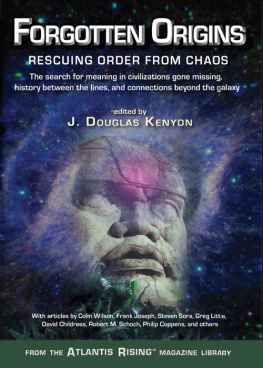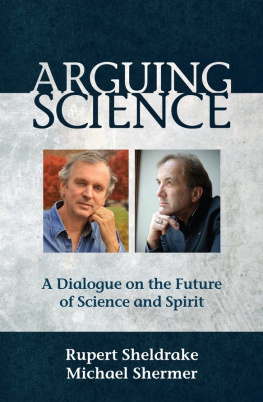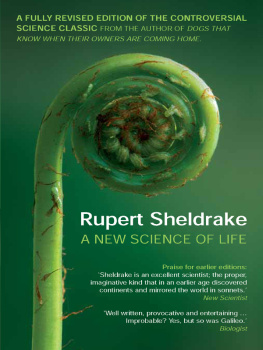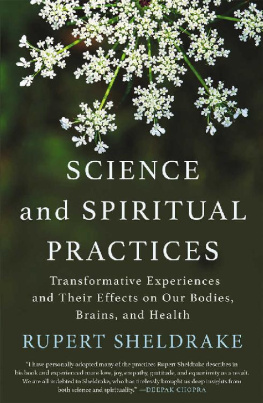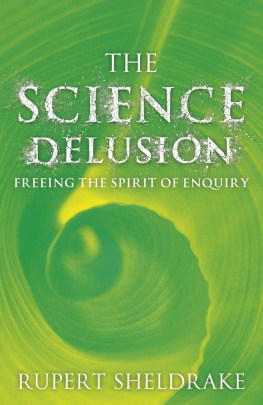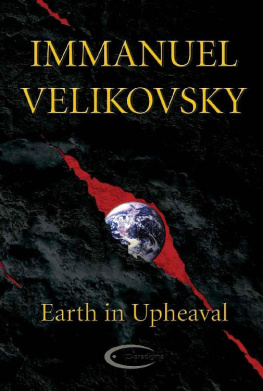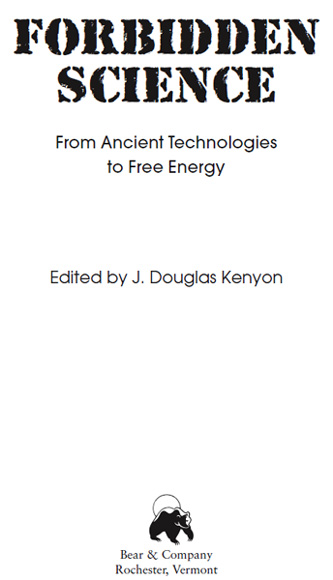
Contents
1.
David Lewis
2.
Eugene Mallove, Ph.D.
3.
Frank Joseph
4.
Peter Bros
5.
Frank Joseph
6.
Robert M. Schoch, Ph.D.
7.
Walter Cruttenden
8.
Laird Scranton
9.
Mark H. Gaffney
10.
Eugene Mallove, Ph.D.
11.
William P. Eigles
12.
John Kettler
13.
Jeane Manning
14.
Susan B. Martinez, Ph.D.
15.
John Kettler
16.
John Kettler
17.
Jeane Manning
18.
Jeane Manning
19.
John Chambers
20.
John Kettler
21.
Amy Acheson
22.
William Hamilton III
23.
Cynthia Logan
24.
Cynthia Logan
25.
Cynthia Logan
26.
Cynthia Logan
27.
John Kettler
28.
John Kettler
29.
J. Douglas Kenyon
30.
Len Kasten
31.
Patrick Marsolek
32.
Cynthia Logan
33.
John Kettler
34.
John Kettler
35.
John Kettler
36.
Patrick Marsolek
37.
Cynthia Logan
38.
John Kettler
39.
Cynthia Logan
40.
Cynthia Logan
41.
Patrick Marsolek
42.
J. Douglas Kenyon
Introduction
J. Douglas Kenyon
T his book explores some of the less traveled, even darkened, corridors beneath the shining edifice of academic science. In these pages you will find evidence that, no matter what the mandarins of the establishment would claim, the truth is not nearly so exemplary, or easily dismissed. In these pages you will learn of many controversial notions supposedly debunked by conventional argument, if, in fact, they have been discussed at all. But from the true function of the Great Pyramid and the megaliths at Nabta Playa to Immanuel Velikovskys astronomical insights, from zero-point energy and cold fusion to Rupert Sheldrakes research into telepathy and ESP, we think you will see that the facts are something quite different from what you may have been led to believe. And, if, in the end, you ask yourself why such material is excluded from consensus thoughtindeed, why a discussion of it has been virtually forbiddenthen you are asking yourself the same difficult questions as are the authors of this book.
For those who speak a particular language, it is easy to extract meaning from its expressions, but for those who have not learned the tongue, it all seems to be just so much noise. I can still remember how as a child, upon hearing incomprehensible talk in another language, I thought I could fool others into thinking I understood by making up my own gibberish. Alas, the tactic didnt work and I remember only blank stares for my pains. Eventually I learned that one mans eloquence is another mans gibberish. The difference is understanding.
A couple of MIT grad students have recently taken the theme of confusion of tongues to new heights in the real academic world. The students, Reuters reported, successfully passed off a bunch of computer-generated gibberish as an academic paper. Using a program that they had written to generate fake research complete with nonsensical text, charts, and diagrams, they submitted two of their papers to the World Multi-conference on Systemics, Cybernetics, and Informatics (WMSCI), scheduled in Orlando, Florida. To their surprise, one of the papersRooter: A Methodology for the Typical Unification of Access Points and Redundancywas accepted for presentation.
The episode reminded me of a personal experience: as a college fresh-man, many years ago (at a school that shall here go nameless), I criticized the quality of writing in the schools poetry journal. Someone told me that if I was so smart, I should try submitting something myself. I said I would. Forthwith I produced what I considered to be a really bad poem, but of the type the journal seemed to like, and sent it in. To my amazement, my entry was not only printed, but was also featured on the front cover. My case was made.
The intention here is not just to suggest that many of the so-called arbiters of knowledge occupying the seats of authority in todays citadels of scientific authority may actually be faking it, but also to point out that their criticism of many in the alternative science communitymany of whom really do know somethingshould, perhaps, be taken with a grain of salt.
Over the years I have noticed that many who think they actually know the rationales of alternative science often respond with talking points that skirt the real issues and focus mostly on trivialities. The so-called skeptics of the Committee for Scientific Investigation of Claims of the Paranormal (CSICOP) and like organizations seem incapable of understanding the language they are offering to translate. Or as John Anthony West is fond of saying, They just dont get it. All that is thus demonstrated is their own ignorance.
Another dimension of the problem is in the business world, where some look at publications like this and see what they take to be simple niche targeting. Mystified by the actual content, these observers then conclude that a similar successful result can be achieved by simply compiling a collection of gobbledygook and labeling it with the appropriate buzzwords. The fundamental coherence of the scientific studies and perspectives presented here seems to have been missed, and they think they can match it with gibberish. They may be surprised to discover what you already know: our goal is to make sense, not money, never mind that we are talking to an ever-growing audience.
Although the so-called mainstream media attempt to convince every-one that the subjects covered in this volume should be placed entirely under the heading of fringe science, it so happens that what the scientific establishment consigns to the fringe the vast majority of the public puts much closer to the center of its concerns. A recent Gallup Poll, in fact, reports about three in four Americans profess at least one paranormal belief. The most popular is extrasensory perception (ESP). In this area, at least, the pronouncements of the scientific elite regarding what we may or may not believe can be countermanded by the evidence of our own senses. The old sales pitch Who are you going to believe? Me or your lying eyes? may be failing again. Certainly many of us have personally witnessed many things that orthodox science cannot explain.
The Gallup Poll is not the only recent indicator of weakness in the scientific edifice. According to the Louis Finkelstein Institute for Social and Religious Research, more than 60 percent of doctors reject the Darwinian belief that humans evolved naturally with no supernatural involvement. According to Drs. Michael A. Glueck and Robert J. Cihak, writing for Jewish World Review online, doctors know too much about the actual working of the body to be impressed by the simplicities offered in the Darwinian perspective. One example cited is the human eyean amazing complex that shows all the hallmarks of a designed system that the standard evolutionary model cannot begin to explain.
The polling data that should probably be the most troubling to official science, however, comes from Minnesotas Health Partners Research Foundation. According to a report published in the British journal Nature, one in three U.S. scientists, in an anonymous survey, admitted to breakingin the last three yearsrules designed to ensure the honesty of their work. The misbehaviors, says the
Next page


